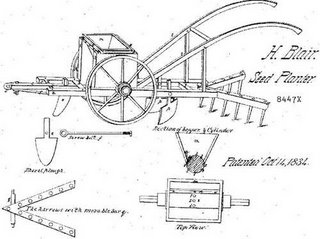Pumpkins were once recommended for removing freckles and curing snake bites.
Native American Indians had many uses for pumpkins, from eating to using dried strips to weave into floor mats. The Pilgrims were introduced to pumpkins when they arrived to North America and they became a staple in their diet as well. Today, we have moved away from eating pumpkin, except in the Thanksgiving standard – pumpkin pie.
Pumpkins are very nutritious, being rich in Vitamins A & C, beta-carotene, calcium, potassium and fiber. Pumpkins are 90 percent water. They are also low in sodium and fat, making them a great choice for those watching their weight.
When purchasing a pumpkin, choose one that is heavy for its size and free of nicks, bruises or cuts. Make sure the flesh is firm, with no soft spots and the color is uniform. If you pick find a pumpkin that is still green (meaning it was picked too early), you can put it in a dark room for several days to finish the ripening process. Another important point is to make sure the stem is still intact. Because of the high sugar content, organisms will begin to decompose the pumpkin at the stem if the stem has been removed.
The most common way to cook a pumpkin is to simply roast it. Divide the pumpkin in half, removing the seeds and stringy pulp. Place the halves, cut side down on a baking sheet and bake for about one hour in a preheated 350° F oven, or until tender when pierced with a fork. Spoon the flesh out of the shell and use it in recipes. Cooking pumpkin at very high temperatures can cause the flesh to become stringy.
Pumpkin puree can be purchased in the market, usually with the other canned vegetables. It is convenient and you will give you a consistent taste and texture. Make sure to read the label and make sure you are getting 100% pumpkin. There are two types of canned pumpkin – unseasoned cooked pumpkin and pumpkin pie filling that has been seasoned with sugar and spices.
Link to recipes
Half dozen or so main course recipes at Pumpkin Nook with dessert, snack and international recipes as well


